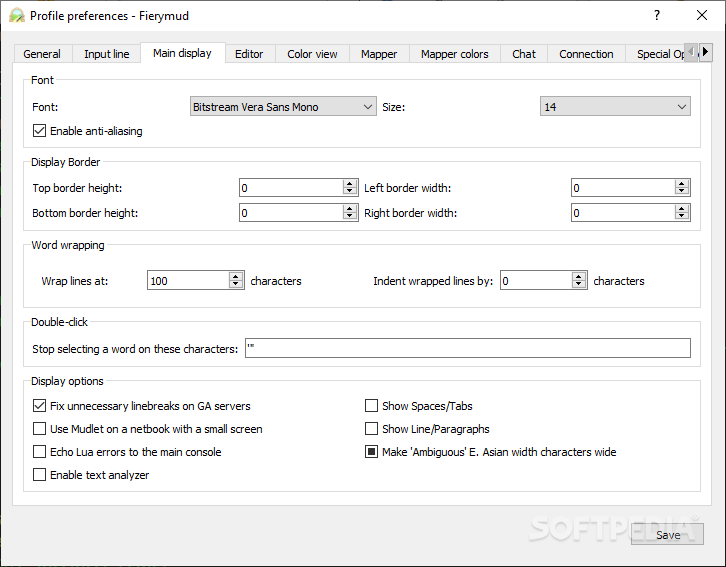

Here, we investigate cell host takeover by the well-characterized bacteriophage SPP1 ( 16 – 20), which infects the gram-positive model bacterium Bacillus subtilis ( Fig. λ and SPP1, which typify the siphoviruses, accumulate their replicated DNA in a defined focus localized asymmetrically in the cell during lytic infection ( 14, 15), but further investigation is critical to assess the impact of their infection on cell biology. The genomes of sequenced tailed phages have a median length of 51 kbp and those of the Siphoviridae family, which accounts for more than 55% of Caudovirales, are 48-kbp long on median ( 13). These are rare cases within the tailed phagosphere because of their particular mode of protein-primed replication (ϕ29) and of their genome size (ϕ29 and jumbo phages). Jumbo phages compartmentalize replication and transcription of their >200 kbp genome inside a viral proteinaceous nucleus-like cage that is positioned at midcell by a tubulin-related spindle ( 10 – 12). Phage ϕ29 uses the actin-like MreB cytoskeleton and the bacterial nucleoid to position the protein-primed replication of its ∼20 kilo-base pair (kbp) genome at the periphery of the host cytoplasm ( 8, 9). DNA replication has been reported to occur at particular positions of the bacterial cytoplasm for four Caudovirales, a widely distributed order of double-stranded DNA viruses also known as tailed bacteriophages. The restructuration of bacterial cell architecture upon infection by bacterial viruses (phages or bacteriophages) is much less documented. These viral factories can be membrane-associated structures as in case of several RNA virus families ( 6), membraneless viral DNA replication compartments ( 5), or liquid compartments formed by phase separation ( 7).

In eukaryotic viruses, this takeover correlates with the formation of virus replication compartments either in the host cytoplasm or in the nucleus ( 5). Lytic viral infection disrupts host cell homeostasis, reallocating extensive resources for virus multiplication. Their boundaries can be established by membranes, a protein cage, or by the physicochemical properties of their components. Considering their increasing variety, cell compartments are collectively defined here as a self-contained space that concentrates a set of macromolecular components inside the cell. One well-documented case of membrane-free compartmentalization is the self-assembly of protein cages that confine biochemical reactions ( 3) or store specific cargo ( 4) in the bacterial cytoplasm. Bacterial cells mainly rely on the latter type of strategy to structure their “open space” cytoplasm because they rarely feature intracellular membranes ( 1), although some notable exceptions exist ( 2). More recently, membraneless self-organizing compartments were identified, adding further spatial order to the cell. Cell compartments delimited by membranes were observed in eukaryotic cells at the dawn of cell biology. The organization of the cellular space is a common feature of living systems. These findings show that bacteriophages restructure the crowded host cytoplasm to confine at different cellular locations the sequential processes that are essential for their multiplication.
#Archaea mudlet scripts free#
Free SPP1 structural proteins are recruited to the dynamic phage-induced compartments following an order that recapitulates the viral particle assembly pathway. They bind to phage tails to build infectious particles that are stored in warehouse compartments spatially independent from the viral DNA. The resulting DNA-filled capsids do not remain associated to the DNA transactions compartment. Later during infection, SPP1 procapsids localize at the periphery of the viral DNA compartment for genome packaging. This large nucleoprotein complex is a self-contained compartment whose boundaries are delimited neither by a membrane nor by a protein cage. Replisomes operate at several independent locations within a single viral DNA focus positioned asymmetrically in the cell. Their biosynthetic activity doubles the cell total DNA content within 15 min. Here, we show that infection of the bacterium Bacillus subtilis by bacteriophage SPP1 leads to a hijacking of host replication proteins to assemble hybrid viral–bacterial replisomes for SPP1 genome replication. Virus infection causes major rearrangements in the subcellular architecture of eukaryotes, but its impact in prokaryotic cells was much less characterized.


 0 kommentar(er)
0 kommentar(er)
